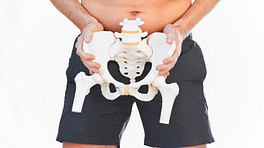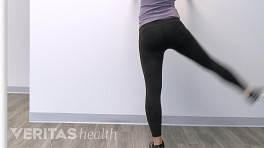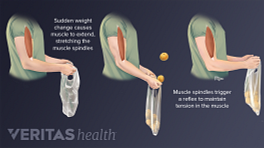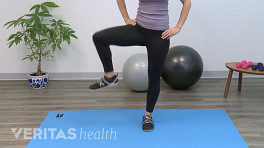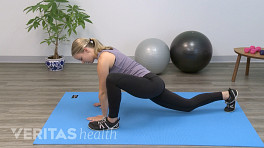Treatments for groin injury will vary according to the injury type and severity. Because many athletes experience multiple groin injuries simultaneously, there may also be multiple treatment plans needed to address them. The following are possible treatment plans for athletic groin injuries:
In This Article:
Rest. Many mild to moderate groin injuries will resolve with rest. If a doctor has determined a groin injury has the ability to heal on its own, patients are advised to take adequate time away from playing sports to allow time for the affected tissue to heal. Even some more severe injuries requiring additional treatment will also require an initial rest period before physical therapy or surgery can be conducted safely.
RICE. Groin injuries involving the strain of muscles and tendons often respond well to the RICE protocol, which stands for Rest, Ice, Compression, and Elevation:
- Rest. This is most commonly prescribed activity reduction, but some injuries will require crutches or otherwise reduced weight bearing.
- Ice. In addition to rest, athletes are advised to ice the affected area using a cloth-wrapped ice pack. Ice can be applied for 20 to 30 minute intervals every 3 to 4 hours over a 2 to 3 day period, or until the pain and swelling subsides.
- Compression. To provide compression, athletes can wrap their thighs and/or groin area with elastic bandages, wear compression garments, or use athletic tape to help reduce swelling and stabilize the injury. In some cases, a medical professional may need to apply the compression rather than the athlete.
- Elevation. Elevating the groin area above the level of the heart by reclining over a pillow or bolster for a few hours each day can help reduce swelling and boost the healing process.
Non-steroidal anti-inflammatory medications (NSAIDs) and other pain relievers. Athletes with one or more groin injuries often respond well to over-the-counter medications such as ibuprofen (for example, Advil or Motrin) which both relieve pain and reduce inflammation at the injury site. Acetaminophen (Tylenol) can also provide pain relief. Severe injuries may require prescription pain relievers.
Physical therapy. Many types of groin injury respond well to physical therapy, including isometric stretching/strengthening and exercises that teach proprioception (body awareness).
See Simple Exercises to Restore Proprioception and Advanced Exercises to Restore Proprioception
Surgery. Severe and/or chronic groin injuries can sometimes be treated surgically. A doctor trained in orthopedic sports medicine usually performs surgery related to athletic groin injuries. General surgeons can also perform surgery to repair some types of groin injuries, such as hernias.
Athletes with one or more groin injuries will usually need to take at least some time away from playing sports in order for the injury to heal fully, but most will recover with appropriate medical treatment.


